The History And Evolution Of Pitbulls: From Nanny Dogs To Aggressive Breeds

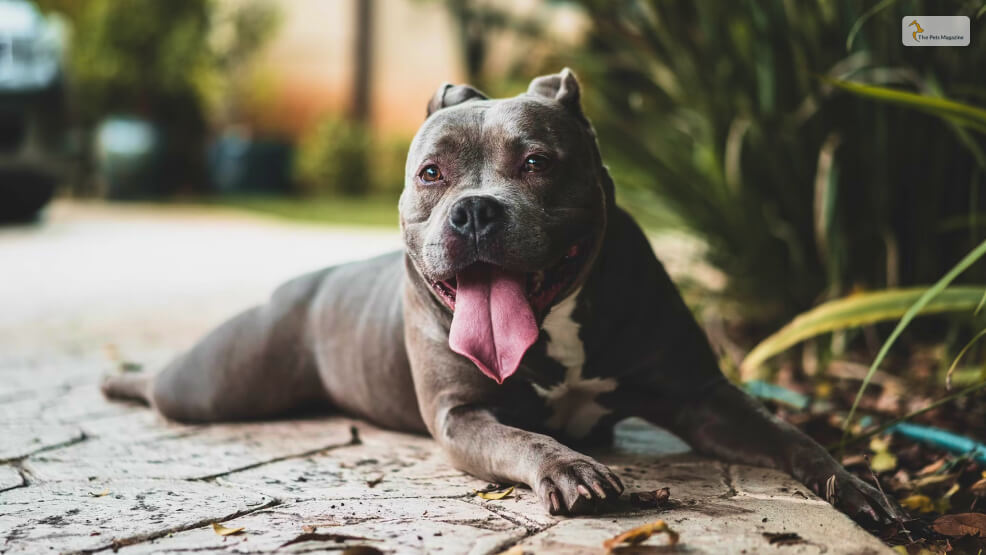
Pitbulls, a breed often surrounded by controversy and misunderstanding, have a rich and complex history that spans centuries. Initially bred for bull-baiting and later for dog fighting, these resilient and powerful dogs have undergone a remarkable transformation. Today, Pitbulls are increasingly recognized for their loyalty, intelligence, and affectionate nature, making them beloved family pets.
This article delves into the fascinating journey of Pitbulls, exploring their origins, the dark periods of their past, and their evolution into the cherished companions they are today. Join us as we uncover the true story behind one of the most misunderstood breeds in the canine world.
Exploring The Origin And History Of Pitbulls
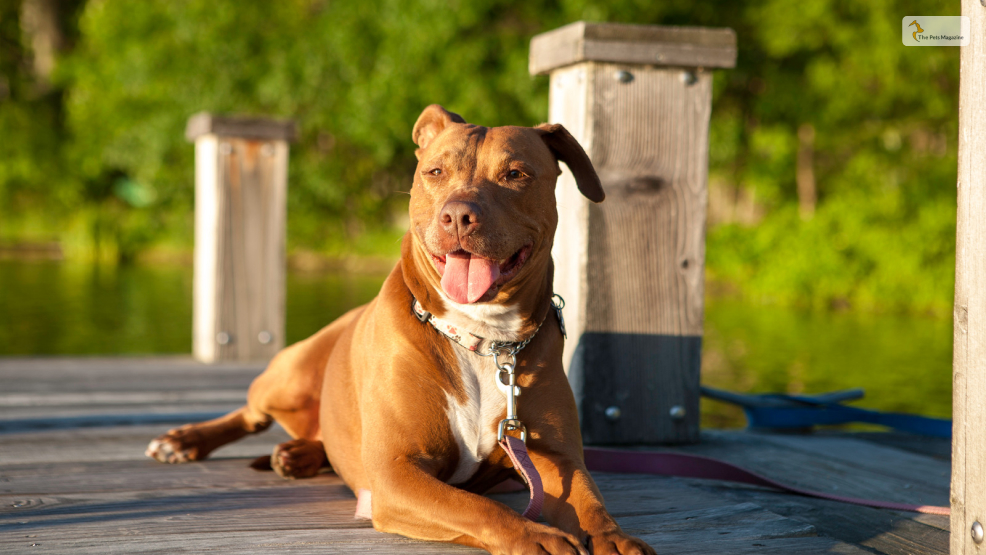
Pitbulls have a fascinating and complex history that dates back to the early 19th century. Originally bred in the United Kingdom, Pitbulls are descendants of the Old English Bulldogs and Old English Terriers. These breeds were initially crossed to create a dog that combined the strength and tenacity of the Bulldog with the agility and gameness of the Terrier.
Early Uses and Development
In the early 1800s, Pitbulls were primarily used for bull-baiting, a cruel blood sport where dogs were set upon a bull to entertain spectators. This practice was outlawed in 1835 with the Cruelty to Animals Act, leading enthusiasts to turn to dog fighting and ratting, where dogs competed to kill the most rats in the shortest time. The term “Pit” in Pitbull comes from these ratting pits.
Transition to America
When British immigrants brought these dogs to America, they became known as the American Pit Bull Terrier. In the United States, Pitbulls transitioned from fighting dogs to versatile working dogs. They were used for herding cattle, hunting, and as guard dogs. Their loyalty and protective nature also made them popular family pets, earning them the nickname “nanny dogs” for their reputed gentleness with children.
Modern Perception and Roles
Despite their historical association with dog fighting, modern Pitbulls are increasingly recognized for their positive traits. They are known for their loyalty, intelligence, and affectionate nature. Many Pitbulls today serve as therapy dogs, search and rescue dogs, and beloved family pets.
The journey of Pitbulls from fighting arenas to family homes highlights their adaptability and the impact of responsible ownership and training. Understanding their history helps in appreciating the breed’s true nature and dispelling common misconceptions.
What Are the Different Variations of Pit Bulls?
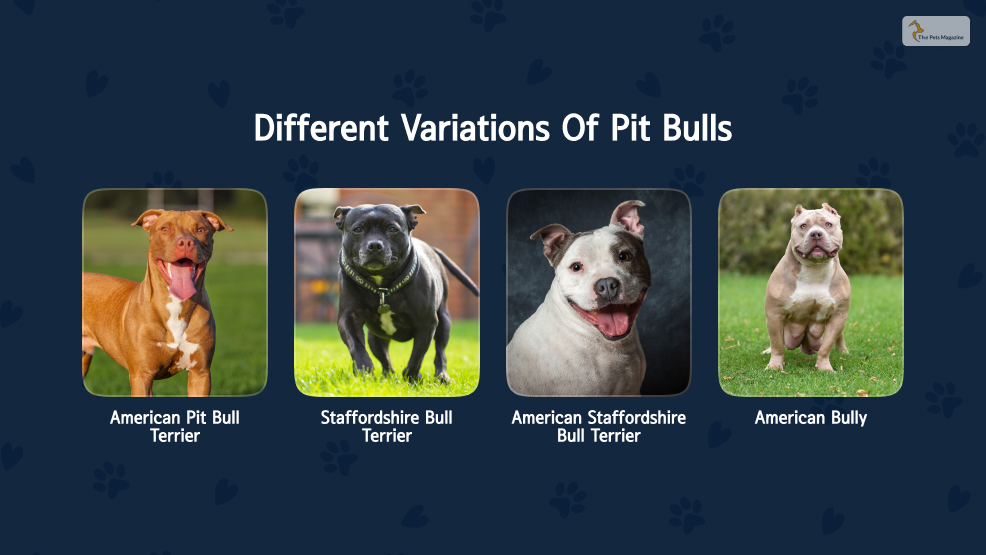
Along with knowing the history of the pitbull dog breed, you should know that there are four dog breeds under one broader umbrella of the pitbull dog breed.
- The American Pit Bull Terrier
- The Staffordshire Bull Terrier
- The American Staffordshire Bull Terrier
- The American Bully
Out of all these breeds of Pitbull, the common one is the American Bull Terrier. The breed is a mix between a bulldog and a terrier dog breed.
The breed is very popular for its strength, and that is why it became a symbol of American courage and strength at the time of World War 1.
Pitbull: A Dog Of Many Trades
If you look at the history of the pitbull dog breed, then you will know that there are two different strains of the breed. One is the American Bull Terrier, and the other is the American Staffordshire.
The first breed was primarily bred for the purpose of dog fighting and as a guarding dog. Pitbulls were also used in ratting competitions, where they competed to kill the most rats in a set period. By seeing their physique, you can very well say that they are tough dogs with stoutly built, firm jaws and with a square head.
On the other hand, the American Staffordshire was a milder-mannered dog, which was eliminated from fighting. These dogs were mainly used to work as hunting dogs, guarding property, and driving livestock.
Modern Uses of Pitbulls
Today, Pitbulls have largely shed their historical roles and are now appreciated for their positive traits. Here are some of their modern uses:
- Family Pets: Pitbulls are beloved family companions known for their loyalty, affection, and protective nature.
- Service Dogs: Many Pitbulls serve as therapy dogs, providing emotional support and comfort to people in hospitals, nursing homes, and disaster areas.
- Search and Rescue: Their intelligence and determination make them excellent candidates for search and rescue operations.
- Police and Military Work: Some Pitbulls are trained as K9 units for detecting drugs and explosives, as well as for search and rescue missions.
- Sports and Competitions: Pitbulls excel in various dog sports, including agility, obedience, and weight pulling, showcasing their strength and agility.
Despite their controversial past, Pitbulls have proven to be versatile and loving dogs when given proper training and care. Knowing their journey from fighting arenas to family homes shows the importance of responsible pet parentship
False Stigmas Associated with Pitbulls
Despite their reputation, Pitbulls are often unfairly stigmatized. Here are some common misconceptions:
- Aggression: Pitbulls are often portrayed as inherently aggressive or dangerous. However, this is a stereotype that is not supported by scientific evidence.
- Breed-specific legislation: Many jurisdictions have breed-specific legislation (BSL) that targets Pitbulls and similar breeds. This legislation is often based on prejudice rather than scientific fact.
- Dangerousness: Studies have shown that Pitbulls are not inherently more aggressive than other breeds. In fact, many factors contribute to a dog’s behavior, such as training, socialization, and genetics.
- Unpredictability: The idea that Pitbulls are unpredictable is a myth. With proper training and socialization, they can be as reliable and predictable as any other breed.
- Fighting dogs: Pitbulls were originally bred for bull baiting and dog fighting, but these practices are now illegal and unethical. However, the stigma associated with their past continues to persist.
It is heartbreaking to see how one of the most patient, gentle, and tolerant dogs is portrayed as one of the most ferocious dogs with an aggressive nature. Due to this bad reputation on a global scale, about 2,800 pitbull dogs are put down each day.
As of now, Pitbulls are tagged as the most aggressive dog in the world, and the Rottweiler comes second. But earlier, the first was the Doberman and the second the German Shepherd. There are several countries that have banned laws about these aggressive dogs, but they are not yet enforced.
On this note it is important to remember that any dog, regardless of breed, can be aggressive if not properly trained and socialized. Positive reinforcement training and early socialization are key to raising any dog, including Pitbulls.
Pitbull Temperament and Characteristic Traits
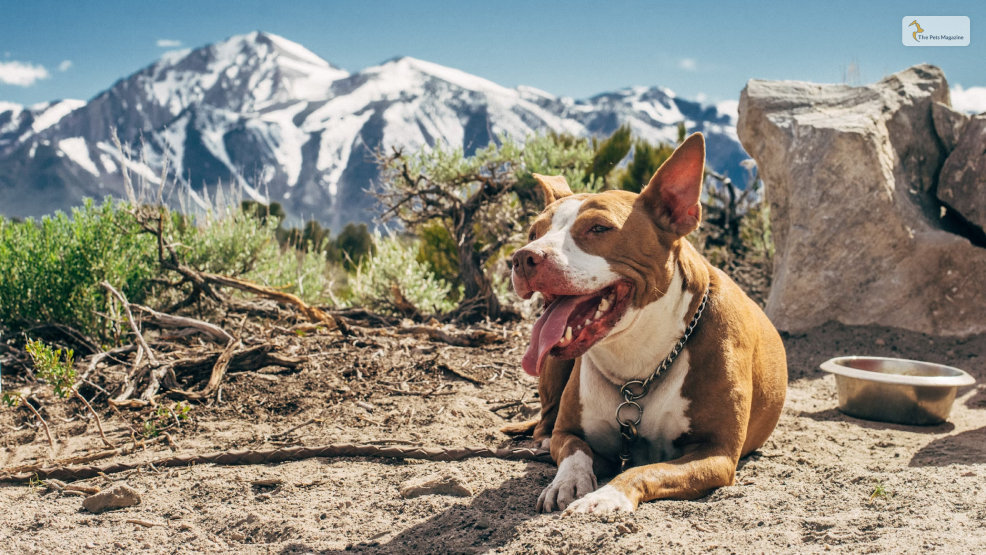
Pitbulls are often misunderstood due to their historical association with dogfighting. However, these dogs are known for their loyalty, affection, and intelligence. Here are some key characteristics:
- Loyal: Pitbulls are known for their strong bond with their families. They are often fiercely protective of their loved ones.
- Affectionate: Pitbulls are typically loving and gentle, especially with their families. They often enjoy cuddling and spending time with their humans.
- Intelligent: Pitbulls are intelligent dogs that are capable of learning new things quickly. With proper training, they can be well-behaved companions.
- Playful: Pitbulls are often playful and energetic. They enjoy playing with toys and engaging in physical activities.
- Patient: Many Pitbulls are patient and tolerant, making them good companions for children and other pets.
Wrapping Up!
For a long time, pitbull dogs have been misjudged and misunderstood as aggressive dogs, but that should stop now. The dogs are being treated in the worst way possible while they are trained.
Their aggressive behavior is something that was taught to them and not their inherent nature. However, they actually have a very loving and loyal nature which combined with their intelligence and energy makes them great companions for families.





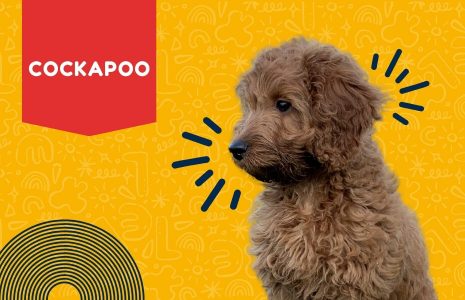
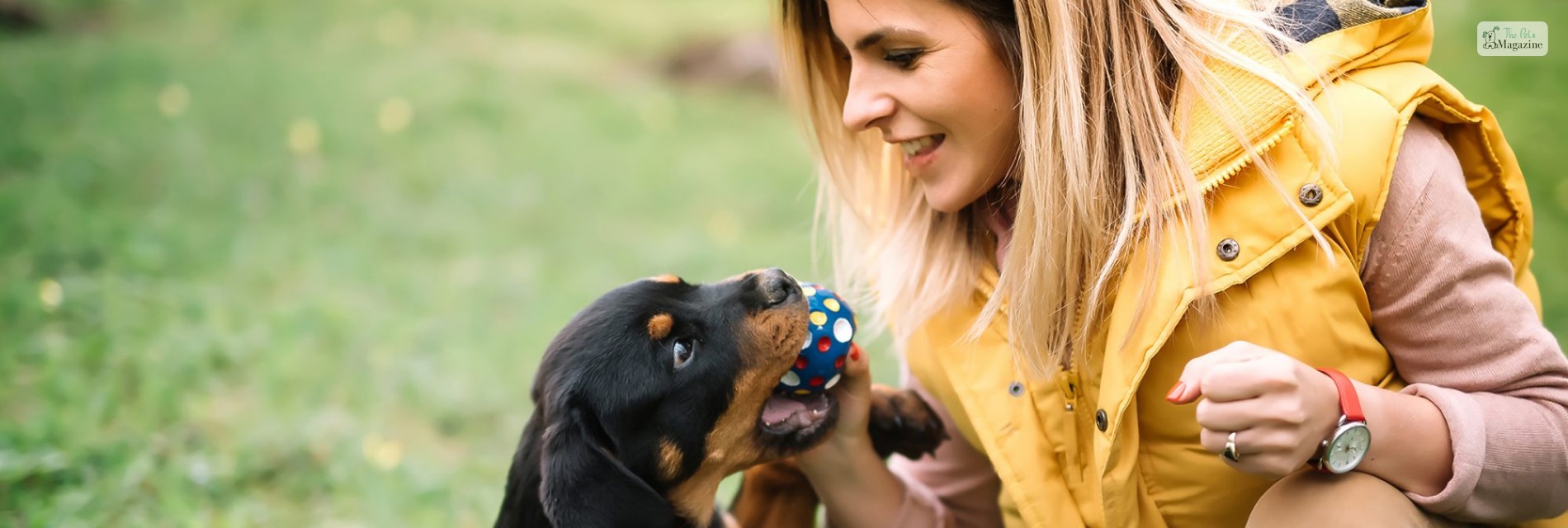
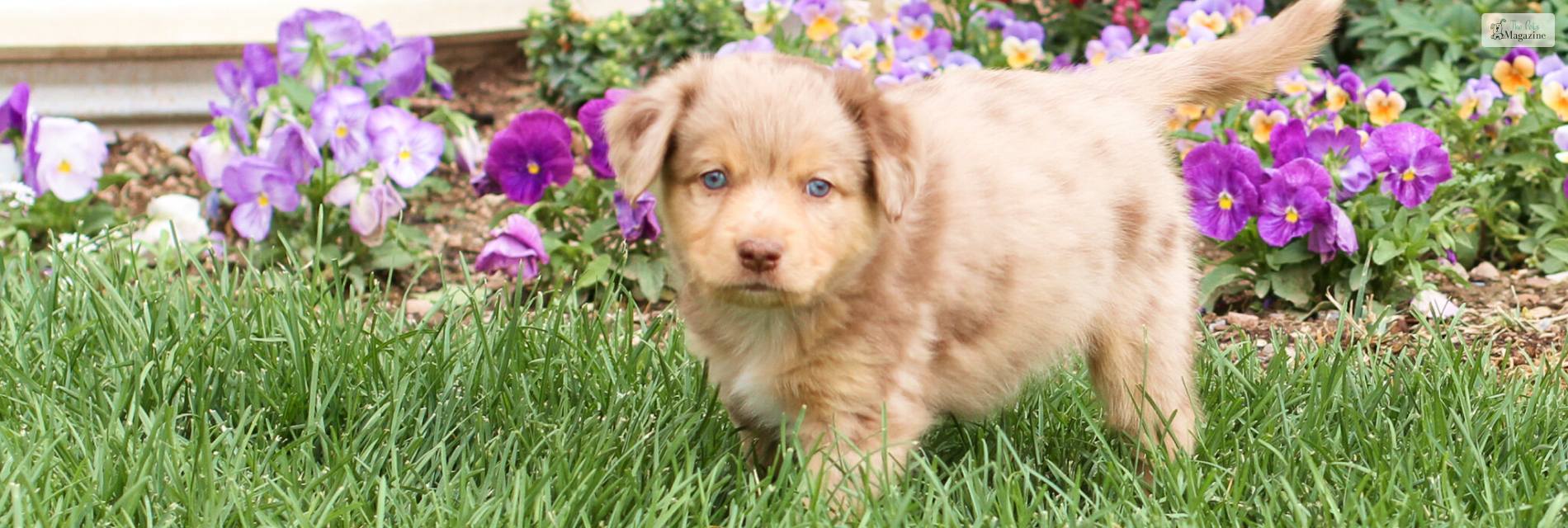
Leave A Comment